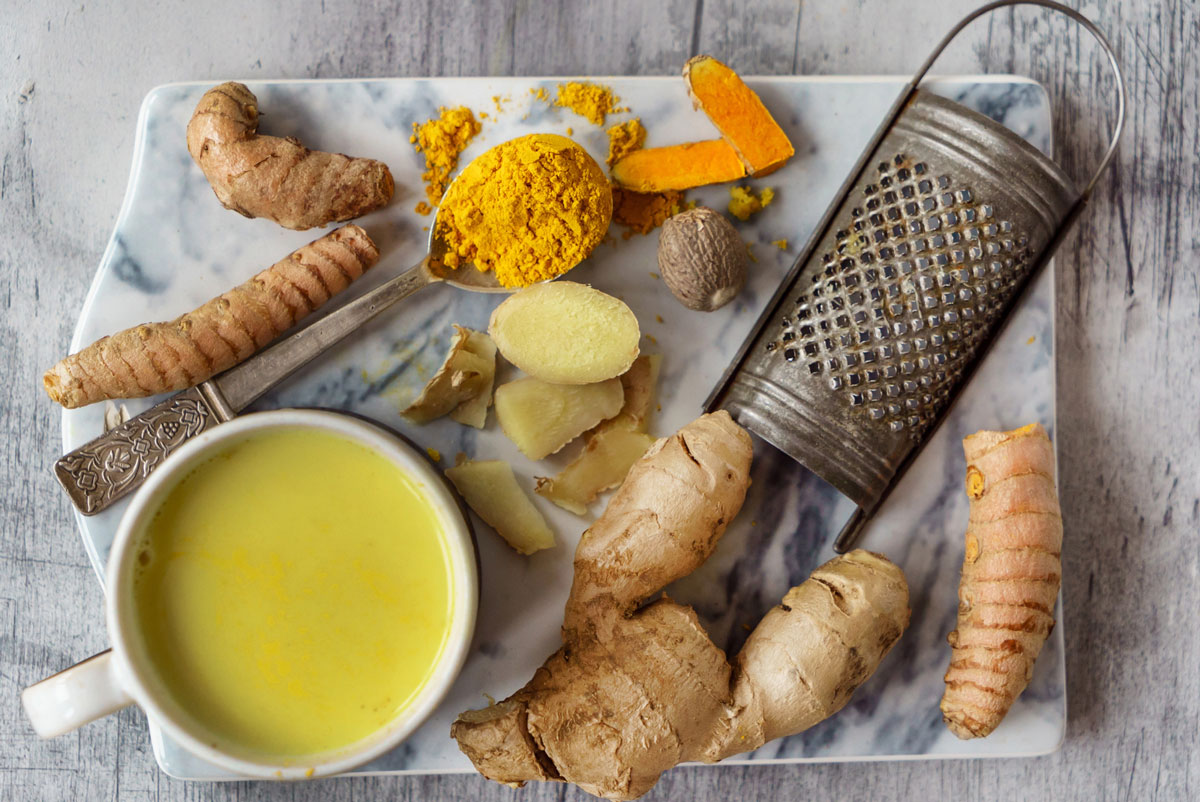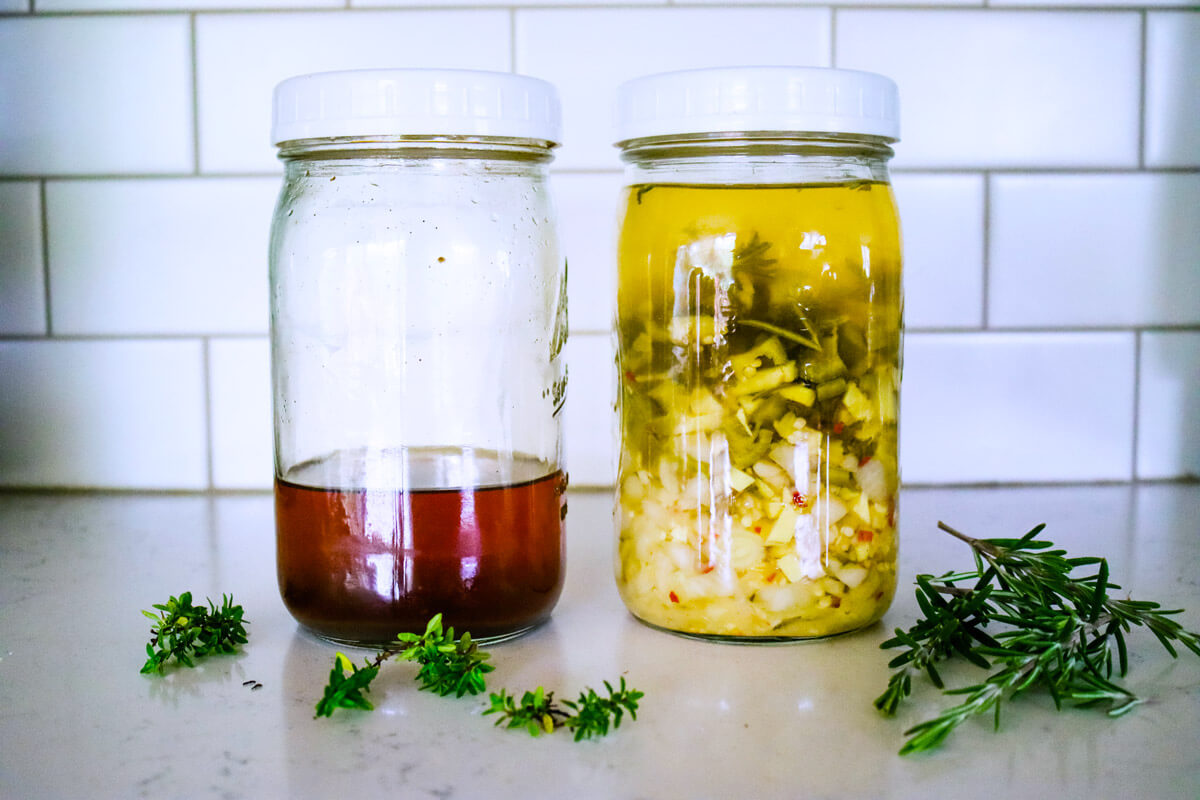Our diets are more important than Western civilization gives them credit for. Everything from what we put into our bodies and how our digestive system handles that food to the effects of that food is often overlooked (or ignored).
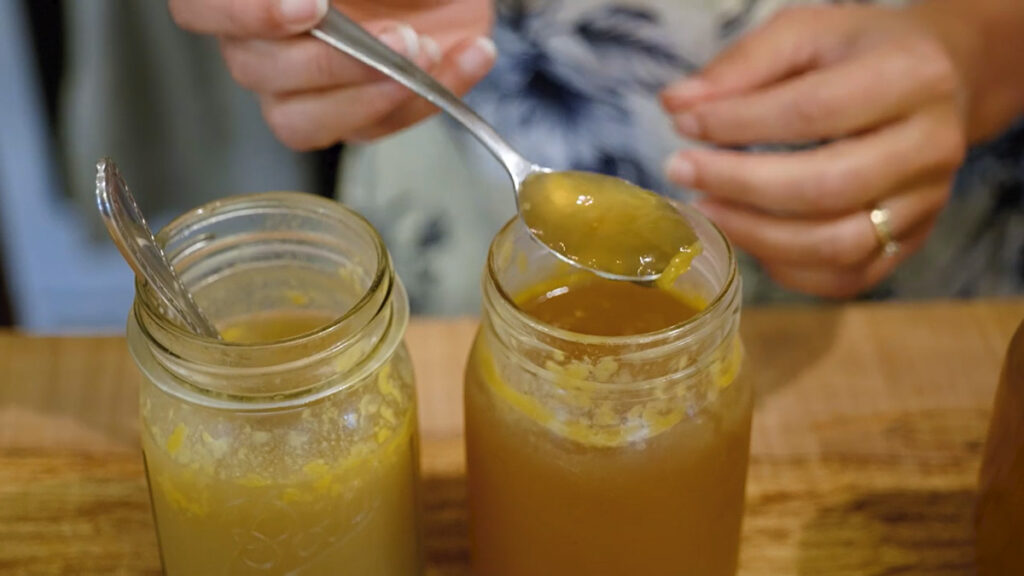
As my father has been diagnosed with Alzheimer’s, I’ve been on a journey to learn as much as I can about the health factors that can contribute to this disease. We know some of these things are hereditary, but if there are outside factors, I want to eliminate as many of them as possible.
🍞 Struggling With Sourdough?
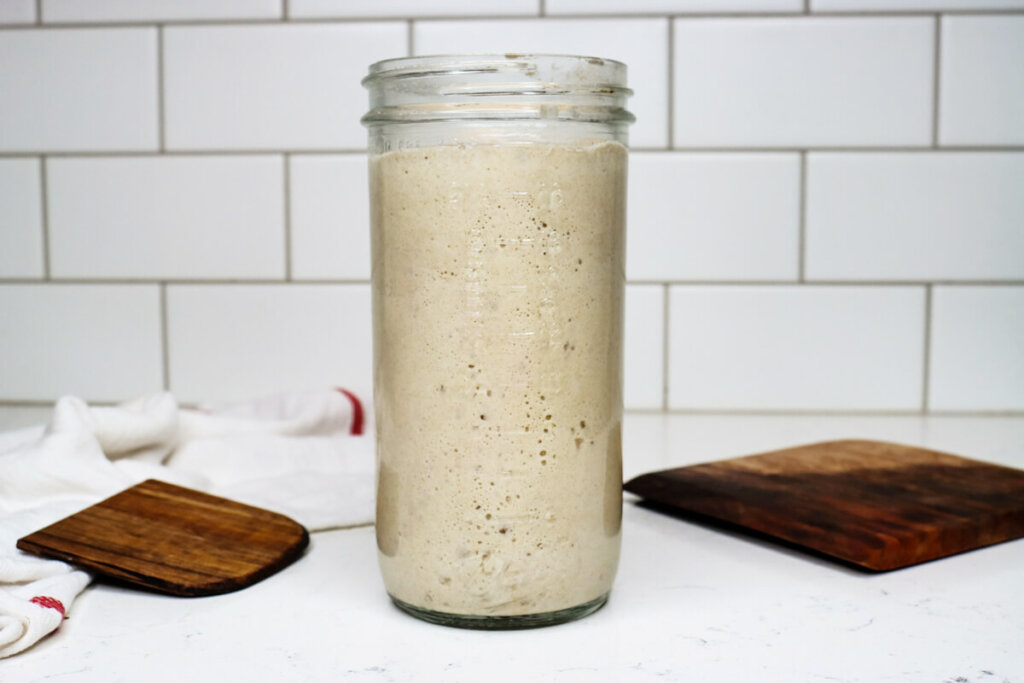
If your starter won’t take off, your loaves are dense and hard, or sourdough just flat-out overwhelms you…
👉 I’ll show you how to fix all of it.
Join my FREE live workshop and learn how to make a bubbly, active starter—the right way, from Day One.
🗓️ Jan 12 @ 1pm PT
Natural Remedies Made Simple
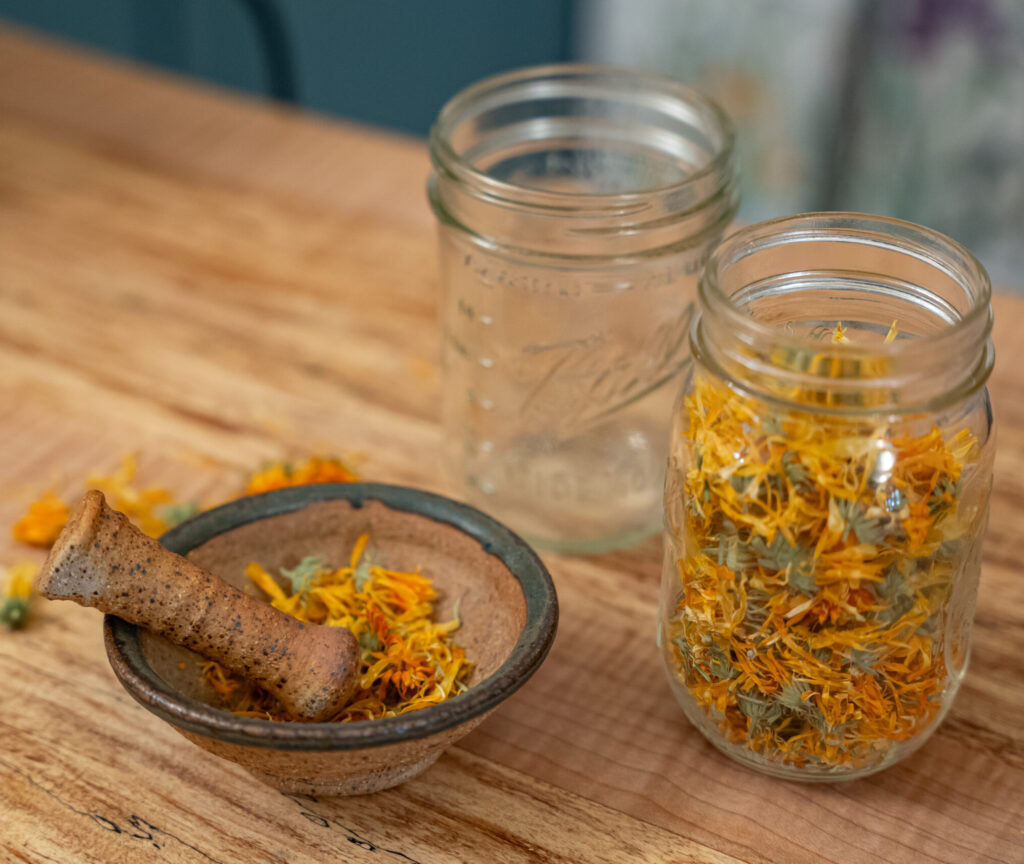
Start your home apothecary with confidence—even if you’re brand new. Learn how to choose the right herbs for your body using the simple principles of herbal energetics.
Discover how warming, cooling, drying, and moistening herbs affect your body—so you can stop guessing and start making remedies that actually work.
I’m happy to have Heather Woodruff on the podcast today to discuss the healing benefits of foods that our great-grandmothers knew. Enjoy this episode of the Pioneering Today Podcast (episode #446) as Heather and I dive deep into this topic.
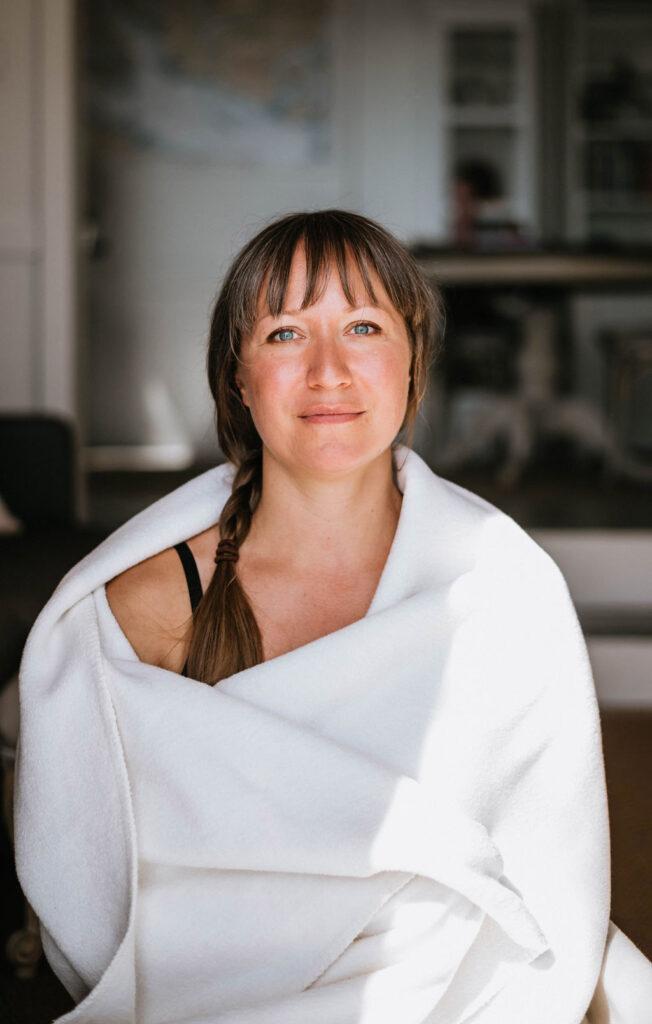
About Heather
Heather is a Certified Nutritional Practitioner, Certified GAPS™ Practitioner or simply a Digestion Guru. She helps women heal their stubbornly inflamed bellies using the medicinal foods of our great-grandmothers so they can live their lives unrestrained and full of purpose.
When she’s not saving the world one bloated belly at a time, you can find her perusing the farmer’s market, talking to her garden, surfing some north Pacific waves or simply puttering in her sacred kitchen, usually in the company of her brilliant husband and spunky little girl.
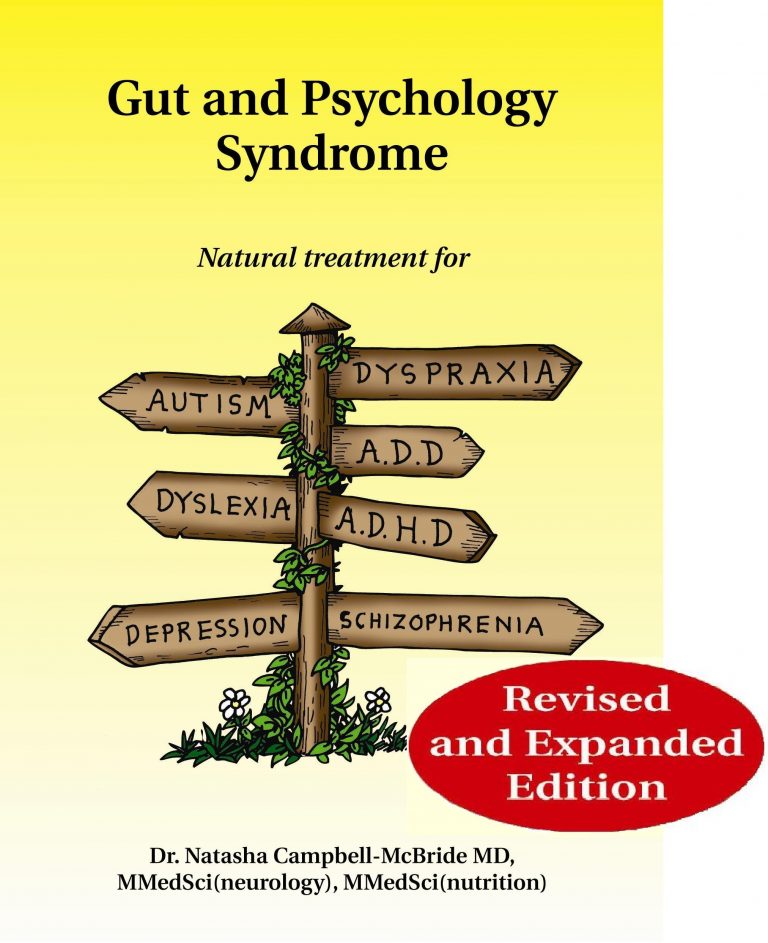
What is GAPS?
GAPS stands for Gut and Psychology Syndrome. The protocol for GAPS was created by Dr. Natashia Campbell-McBride. As she was seeing clients and patients that included adults and children on the spectrum, or dealing with anxiety/depression, one secondary component with all of these issues was digestive issues.
She created a protocol to help heal the digestive tract, which also allowed healing in the brain to happen at the same time.
After decades of research, we have come to find out that there is a very important gut-brain connection. I go deeper into the gut-brain connection in this podcast with Dr. Mayer.
Focus Is Key
When people think about the GAPS diet, the first thing they focus on is all the food they can’t have. Instead of focusing on what you can’t have, Heather encourages her patients to think about the foods they’re adding to their diet.
Heather says once people start feeling relief by focusing more on the foods they should have, which promote healing, they feel so good they naturally stop craving those foods that caused the digestive problems in the first place.
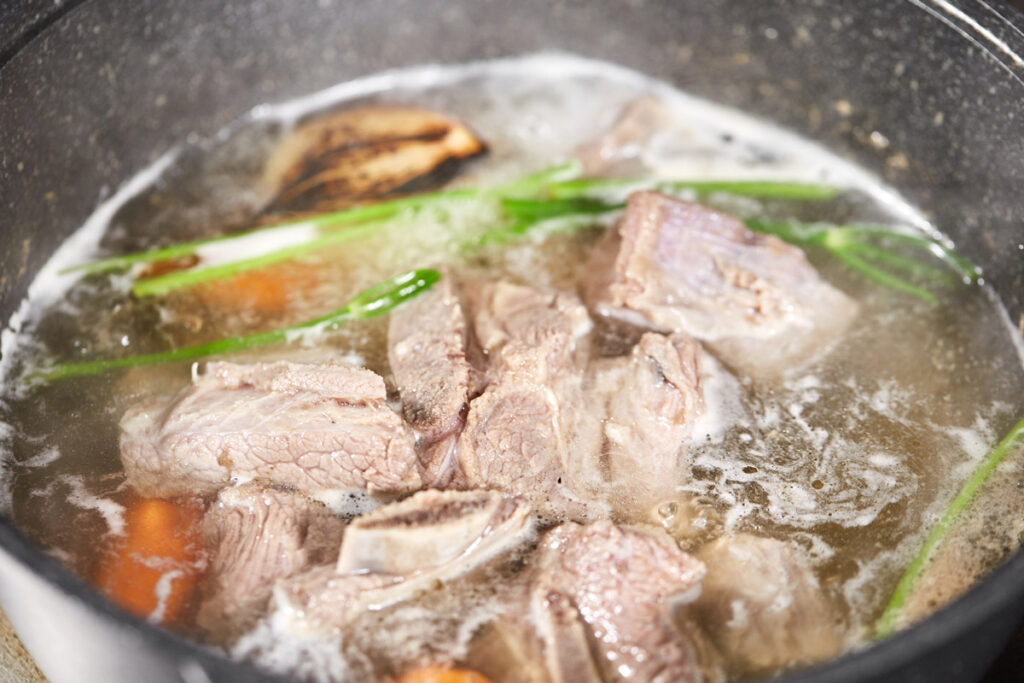
What to Eat on the GAPS Diet
Meat Stock
Meat stock is very different than homemade bone broth. Instead of just using the bones to make the broth, the meat is included, which creates a very collagen-rich stock.
While bone broth is an excellent toner and fantastic if you’re not experiencing gut issues, it’s also high in histamines because it generally cooks for 24 hours. Histamines can cause digestive upset and aggravate existing issues.
Meat stock is cooked for a shorter period (to avoid histamines), generally around 4 hours.
Heather recommends drinking one cup a day when first starting and working your way up to enjoying a cup of meat stock at each meal.
Pro Tip: Because I love cooking my broth in the Instant Pot, I asked Heather if she knew about the histamine levels. She doesn’t know if the levels are higher, so what she usually tells her clients is that it’s best to simply cook your meat stock on the stove to ensure your body is getting exactly what it needs for healing.
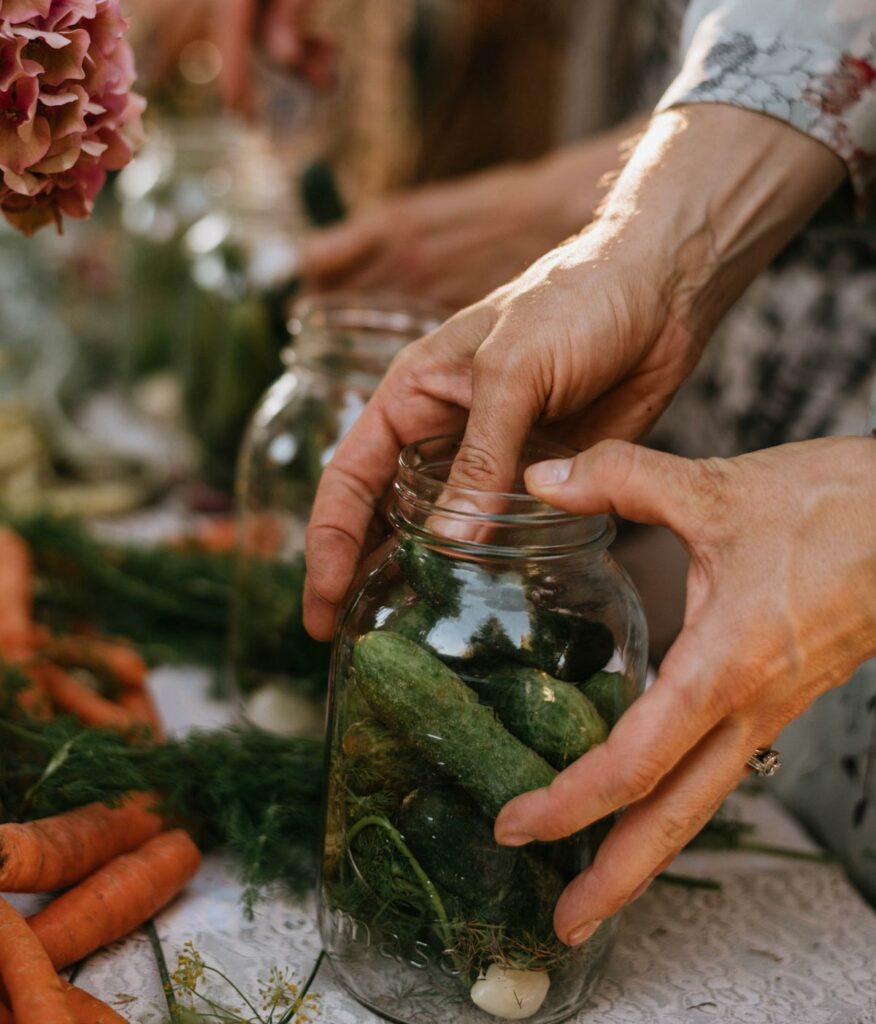
Fermented Foods
Heather recommends going slowly with fermented foods when just getting started. They can also be high in histamines, so as little as a tablespoon of a ferment a day is a great place to start.
She also recommends not starting with fermented dairy (yogurt, kefir, etc.) and starting with fermented vegetables. Heather loves sauerkraut juice, which you can strain from your own homemade sauerkraut or make cabbage juice (included in Heather’s free gut healing recipes download).
She also recommends beet kvass because it’s very great for digestion.
Some of my favorite ferments are fermented cranberry sauce, fermented salsa, fermented peppers, fermented hot sauce and fermented pickles.
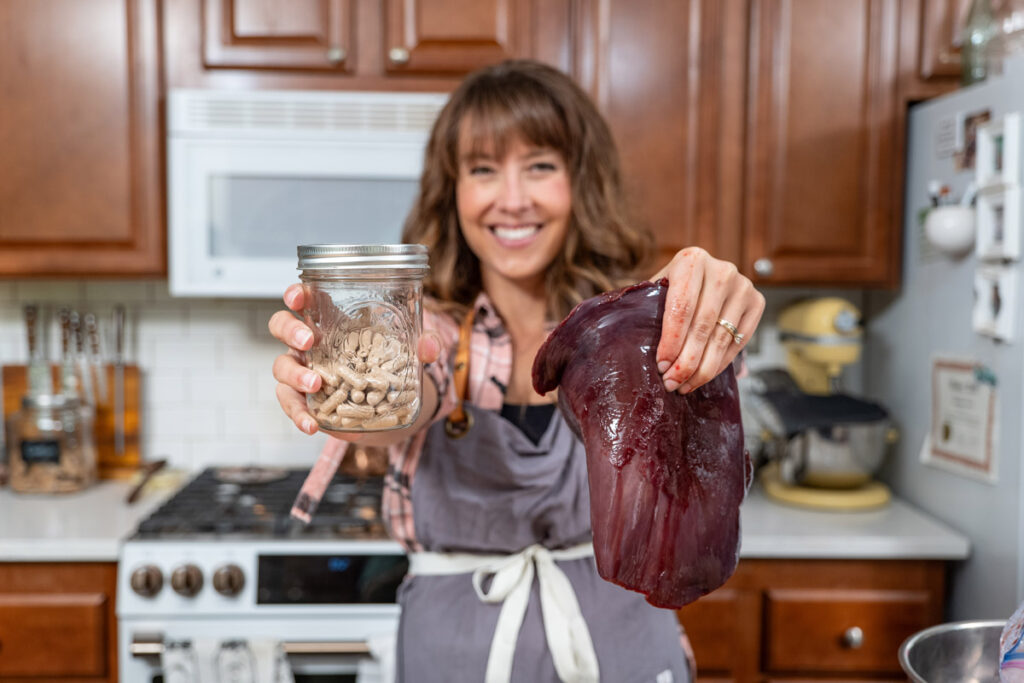
Organ Meats
Heather calls organ meats nature’s multi-vitamin. I have a tutorial on how to make your own encapsulated beef liver supplements, but there are many great options for buying organ meat supplements if you don’t like the flavor.
Heather has a great liver meatball recipe that she says her husband and daughter never knew they were eating liver until they saw her preparing them for dinner one day. You can find that recipe and her other “Happy Tummy Recipes” on her website, Heather Woodruff Nutrition.
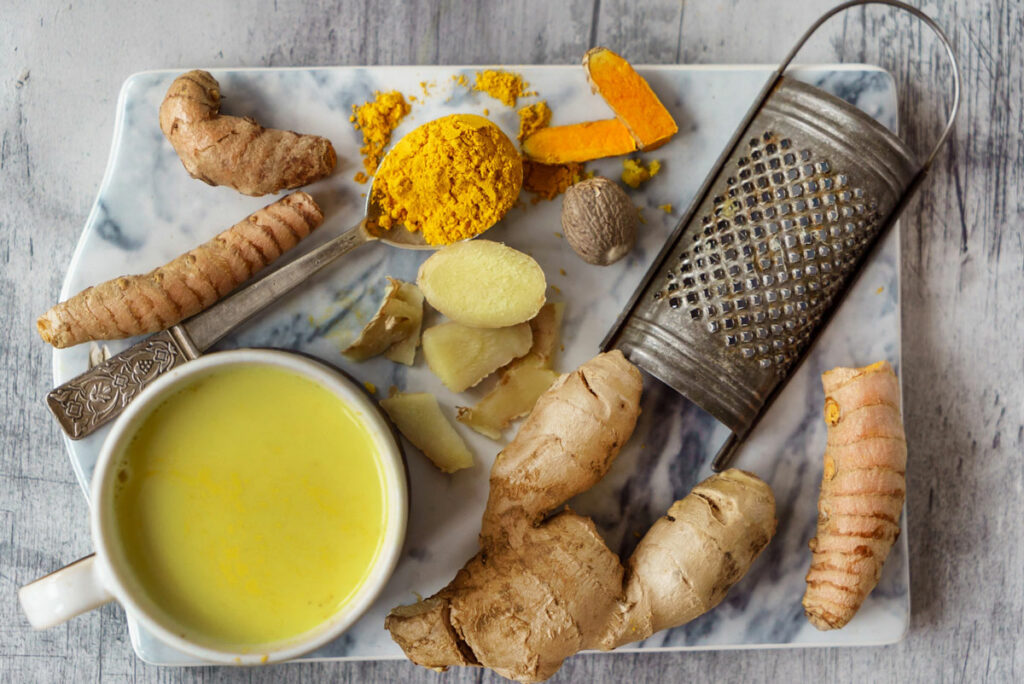
Bloating & Gut Inflammation Remedy
One of Heather’s favorite recipes, when she knows she’s going to eat a heavy meal (like Thanksgiving or eating out), is to make ginger and turmeric tea. You can find this Turmeric Ginger Tea on her website.

Vegan & Plant-Based Diets
Over years of working with various clients to heal their gut, she noticed those on a vegan or a plant-based diet healed much more slowly.
Because these diets are very rich in legumes and other plant-based proteins, it’s much more difficult to heal when that’s the primary source of protein.
Often, these diets are touted as very health and healing for women, but Heather has found it’s quite the opposite.

Where to Find Heather
Ready to get started? Get your free 5 Morning Rituals for Gut Health & Healing. These are simple practices to transform your breakfast into digestive medicine and set the healing intention for your day.
Then, be sure to find more great resources on Heather’s website, Heather Woodruff Nutrition as well as follow her on Instagram and Facebook.
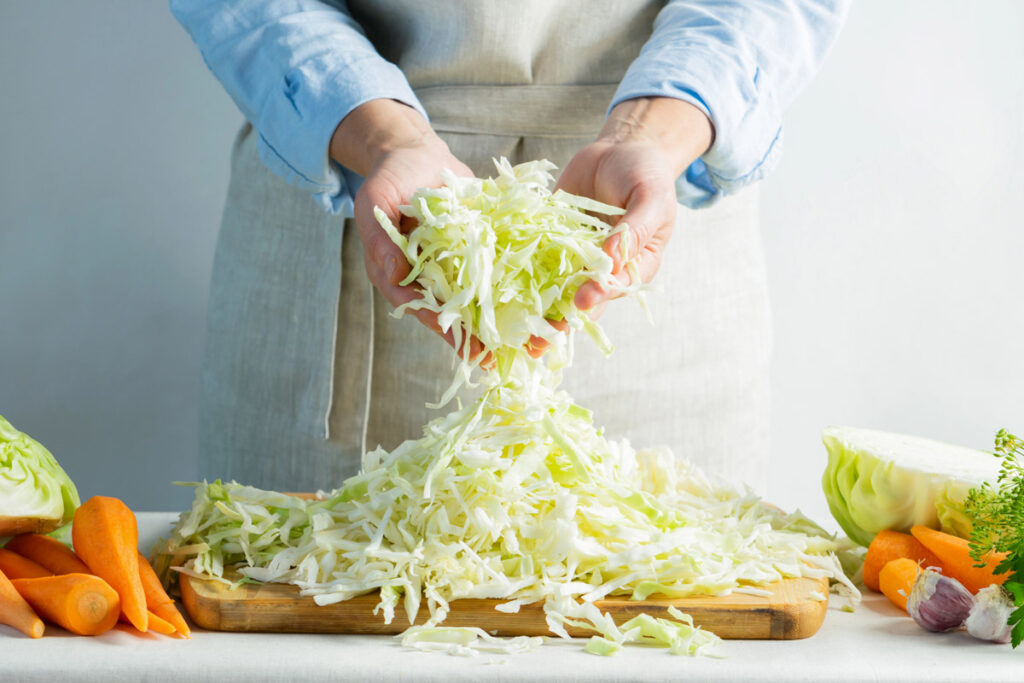
More Posts You May Enjoy
- The Benefits of Raw A2/A2 Milk
- Toxin Testing & My Results
- How to Get Rid of Parasites in Your Body
- My Health Update & Need for Surgery
- Health Update & The Warning for Everyone
- Rebekah Rhodes’ Journey with Auto-Immune Disease
- The Nourishing Asian Kitchen (Sophia Eng)
- 7 Natural Cough and Cold Herbal Remedies
- 13 Healthy Ingredients to Swap Out Now
- Non-GMO Foods & How to Avoid GMOs
